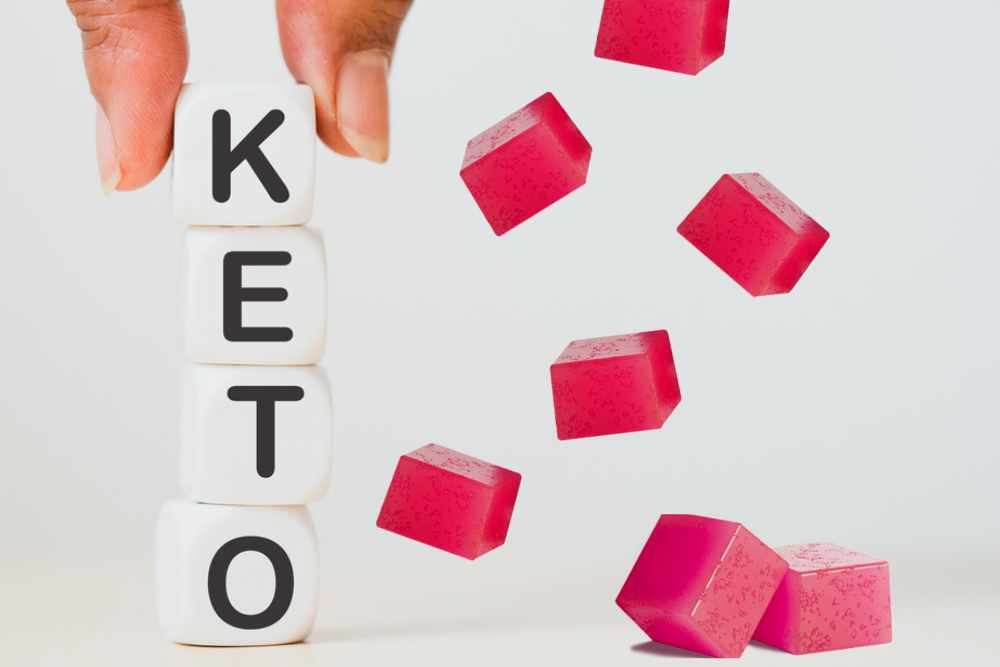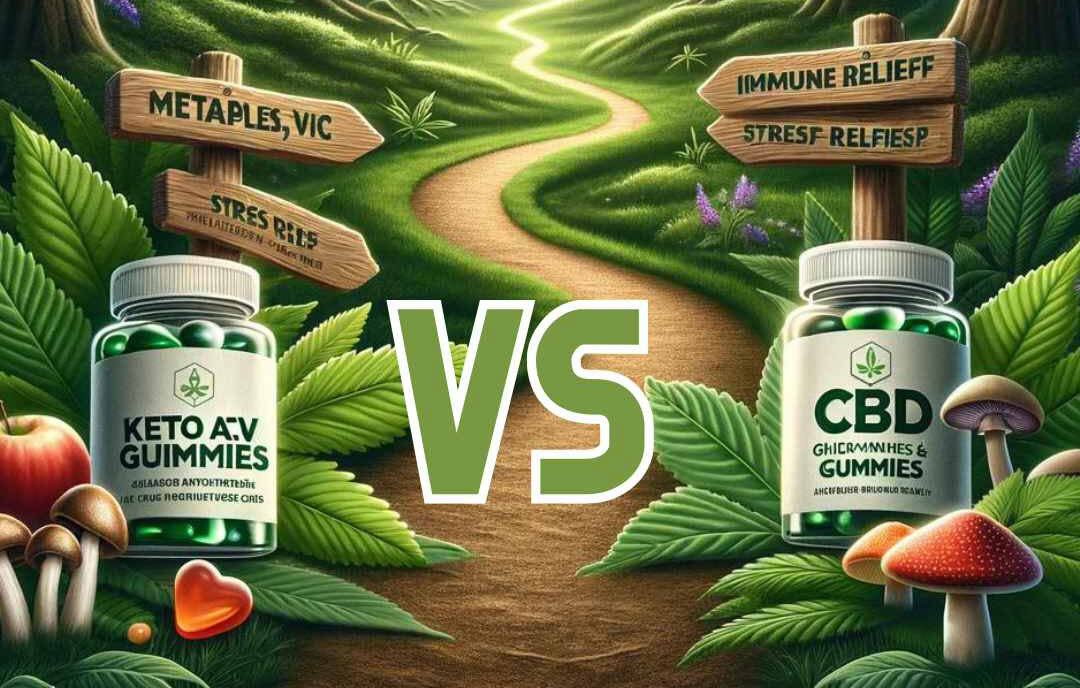* DISCLAIMER: The information in this article is for educational purposes only. It does not exploit or provide medical advice of any kind. Therefore, any reliance you place on the information below is strictly at your own risk. Please check with your medical provider before starting or changing a CBD routine.
When it comes to farming and agriculture, Hemp and Marijuana are by far the most misunderstood and misinterpreted in the eyes of the public. From a botanical stand point Cannabis is composed of several species, which can be characterized into a plethora of variants and strains. However, the true distinction is characterized by the chemical composition of THC and CBD, although strains and variants can also impact how much they vary.
Cannabis is the only plant that is naturally composed of unique molecular compounds called cannabinoids. Many cannabinoids have been identified in the Cannabis plant, but two reign supreme and are the ones generally discussed: THC, which is the psychoactive constituent of Cannabis, and pure CBD (Cannabidiol), which is an anti-psychoactive constituent. One type of Cannabis is high in the psychoactive cannabinoid, THC, and low in the anti-psychoactive cannabinoid, CBD. This type is popularly known as marijuana. Another type is high in CBD and low in THC. Variants of this type are called industrial hemp.
Since the passing of the recent farm bill a line in the sand has been drawn to establish what characterizes the variants of the cannabis plant as Hemp or Marijuana. This botanical confusion was compounded by the introduction of a new word to describe hemp or marijuana. The term derived in the 1890s, but was adopted by the Bureau of Narcotics in the 1930s to describe all forms of Cannabis and to this day U.S. drug enforcement agencies continue to call the plant marijuana without regard to botanical distinctions (which is due to chemical differences) and even as of late, the recent passing of the farm bill signed by everyone’s favorite president, Donald Trump.
HEMP x MARIJUANA
Cannabis strains characterized as hemp for industrial purposes have relatively high levels of CBD versus THC. Marijuana strains are high in THC and low to intermediate in CBD. Smoking hemp, high in CBD and very low in THC, actually has the effect of counteracting the marijuana high. Even when the amount of THC in a sample is as high as 2 percent, the psychological high is blocked by as little as 2 percent CBD.
Cannabis with THC below 1.0 percent and CBD/THC ratios equal than one-to-one or lower is therefore not capable of inducing a psychoactive effect. Hemp, it turns out, is not Marijuana it technically could be classified as the “anti-marijuana.” The balance of chemicals is determined by the genetics of the plant. That it is a stable characteristic of a given genotype. Thus, using the chemo-type approach, Cannabis variants can be classified on the basis of their THC-CBD balance and this is becoming widely accepted by a growing number of scientists.
Botanist and Cannabis expert Robert C. Clarke once explained that, “although industrial hemp does contain trace amounts of THC, it is of no practical significance. There is also a minor percentage of precious gold dissolved in sea water, but it is no more economically feasible to extract than is THC from hemp, the contents are negligible and therefore should be treated as such”
CONCLUSION
Hemp is making a comeback around the world. Whether it will be a miracle crop, as some of its enthusiasts claim, or simply another important addition to world agriculture, is yet unknown. Much research and development remains to be done. Sadly, the drug enforcement agencies, by disseminating false information, have created a mythology about Cannabis sativa that ill serves the nation, its farmers, and the industry.
We are one of the few countries in the world that continues to insist that we should outlaw a crop simply because one of its botanical cousins can be used inappropriately. Thomas Jefferson experimented with different hemp varieties and invented a brake for separating out the fiber from hemp, once wrote that the greatest contribution a person could make to his country would be to introduce a new crop. I think we may have that crop.
Application x CBD
New to CBD? check out the related link to the new user guide.
Cannabinoid options of application:
Transdermal (Skin)-Topical Salve: This application is typically used for acute and direct application. Such as an ankle sprain, arthritis, tendonitis, plantar fasciitis, carpal tunnel, tennis elbow, fibromyalgia and migraines. Full-spectrum salves provide a whole panel of cannabinoids for increased potency.
Edible Application
CBD Drops: Tincture oils are utilized in full-spectrum form (whole plant derived) and Isolated forms (Pure CBD) that are applied directly under the tongue or mixed in water. This form is typically used for direct application to the central nervous system and the entire body for ailments like anxiety, stress, epilepsy, insomnia, depression, PTSD, autoimmune responses, ADHD, cancer, systemic inflammatory disease such as, cardiovascular disease, diabetes and metabolic syndrome. All applications are available as CBD isolate, broad spectrum and full spectrum.
CBD Pills: Full-spectrum soft gels essentially have the same application as tincture oils. The difference is that each soft gel is measured to a specific milligram to provide a consumer with a perfectly measured dose of CBD. This would be used for any ailments one might use CBD for, including all the ones listed above.
Superfood powder: Super food green powder has a broad range of greens, phytonutrients, vitamins and of course CBD. This application is great to give some a nice, clean energy boost before a workout or just to get your day started naturally with improved focus.
* DISCLAIMER: The information in this article is for educational purposes only. It does not exploit or provide medical advice of any kind. Therefore, any reliance you place on the information below is strictly at your own risk. Please check with your medical provider before starting or changing a CBD routine.
Kai Pattison, M.S.
Nanocraft Sciences
Athlete Relations x Physiologist
Kai Pattison was born and raised on the North Shore of Oahu, Hawaii. Kai graduated with a Master’s degree in clinical physiology from Point Loma Nazarene University. He is very passionate about human physiology and the applications in sport performance, recovery and clinical diagnostics. Kai has specialized in cardiopulmonary diagnostics, exercise induced energy expenditure and metabolism. Kai has also gained extensive research experience at UCSD on Parkinson’s disease. He enjoys educating and informing people on the importance of exercise to reduce risk of multiple inflammatory diseases, such as diabetes and heart disease. His passion for alternative medicine enables him to strive when promoting health and wellness.
Tagged under














No comments yet!
Be the first to comment